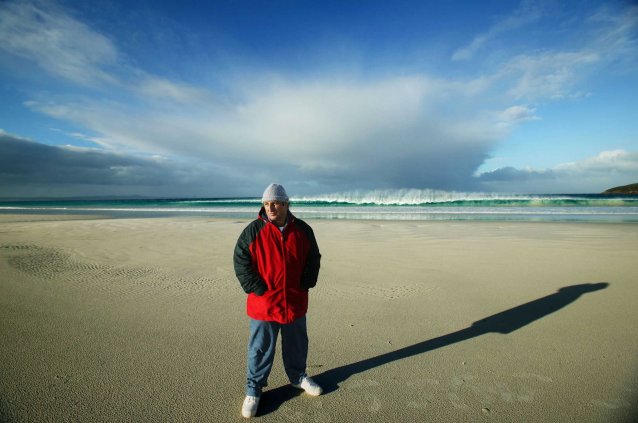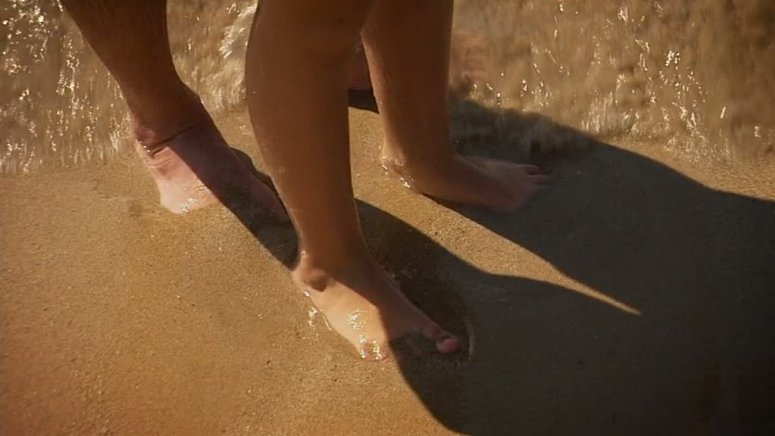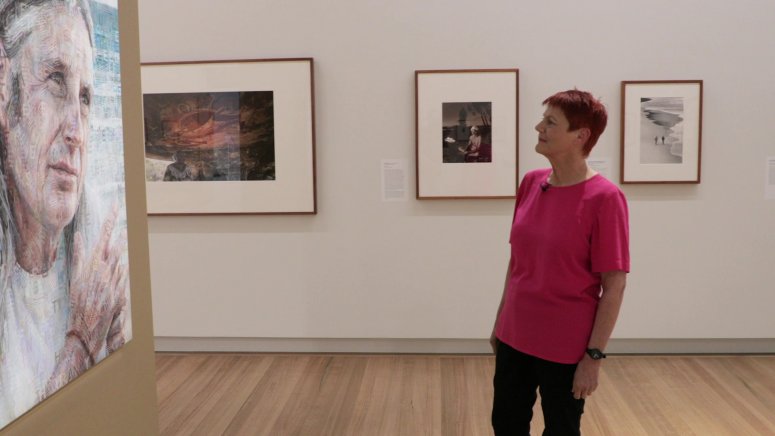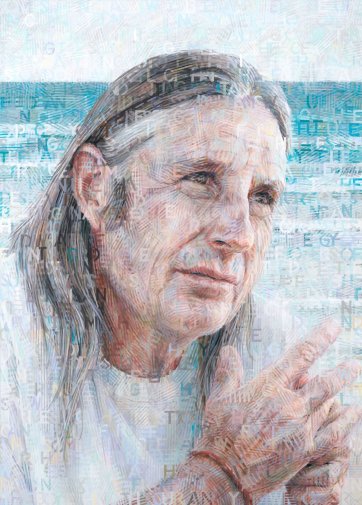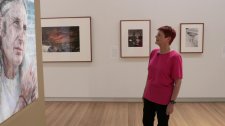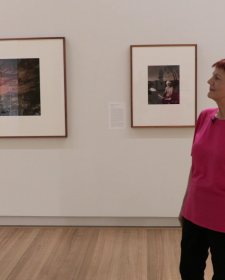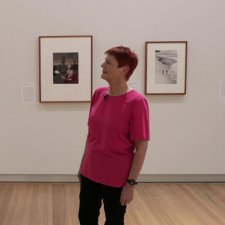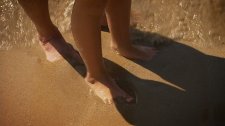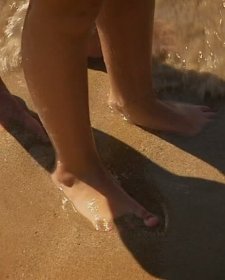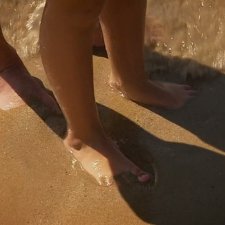Tim Winton (b. 1960), author, saw his first novel, An Open Swimmer (1982) published when he was only 22. Nine years later came Cloud Street (1991), a work of distinctively Australian magic realism. The Riders (1994), nominated for the Booker Prize, and Dirt Music (2001), also Booker-nominated, established Winton’s unquestionable status as Australia’s most popular author. Winton describes himself as a ‘coastal person’, and in books such as Dirt Music and Breath (2008) the sea and shore are pervasive and penetrative, intrinsic to the drama rather than a backdrop against which events unfold. In addition to various works of non-fiction, Winton’s six books for children (including Lockie Leonard, Legend 1997) have ensured his exposure at all levels. Cloud Street was one of only two Australian books in the top ten of the ABC’s list of Australia’s Most Popular Books in 2004. Winton is a passionate environmental advocate with a particular interest in marine conservation. When he won the WA Premier’s Award for Dirt Music he immediately donated the $25 000 prize money to the campaign to save Ningaloo Reef, north of Perth, from development. He is designated a Living National Treasure. A film adaptation of his 2005 short story collection, The Turning, was released in 2013, as was his eleventh novel, Eyrie.
Quentin Jones (b. 1962) worked for Fairfax publications and it was in this capacity that he travelled to Albany with a writer from the Good Weekend to spend a day with Winton in his teenage haunts in August 2004. 'We drove around Albany,' he recalls, 'looking at various places he used to hang out at. The weather was horrible and I was desperate for a good shot. We went to Cheyne Beach, where his family used to go camping. Tim had his red parka but I was less prepared. I had almost given up on getting a good shot, when the clouds parted and the setting sun shone through. I lined up a shot and managed to shoot nine frames before the rain came back. But it wasn’t until I was looking at the shots days later in Sydney, that I noticed that breaking wave. Magic.'
Collection: National Portrait Gallery
Purchased 2008
© Quentin Jones/Copyright Agency, 2023
The National Portrait Gallery respects the artistic and intellectual property rights of others. Works of art from the collection are reproduced as per the
Australian Copyright Act 1968 (Cth). The use of images of works from the collection may be restricted under the Act. Requests for a reproduction of a work of art can be made through a
Reproduction request. For further information please contact
NPG Copyright.
